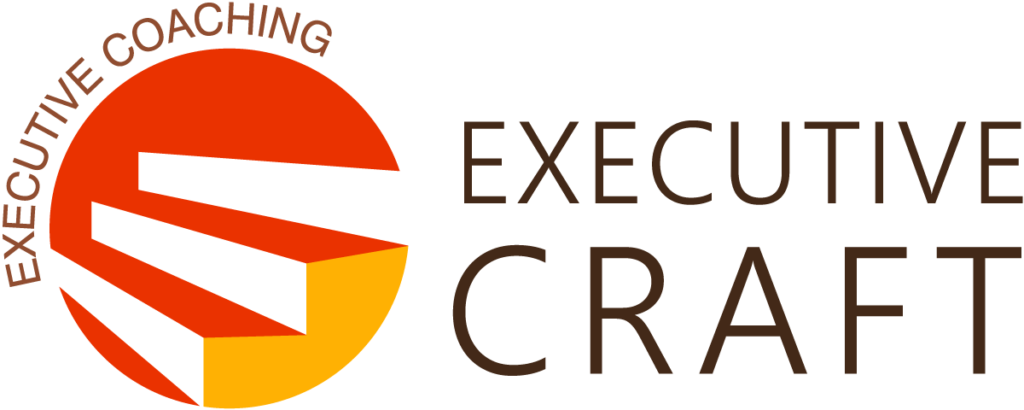Do You Have a Fixed or a Growth Mindset? Here’s How to Tell — And Why One is Essential for Success!
Today we share a guest blog on growth mindset from Maria that was published at Wingspan, a membership support site for freelancers.
In a perfect world, we’d never have to deal with delayed invoices, clients who go MIA, or feast-or-famine workloads. But one way to start viewing professional headaches in a more surmountable light is to shift your mindset from “fixed” to one focused on “growth.”
Researched and defined by psychologist Carol Dweck, the concept of fixed and growth mindsets refers to two opposing worldviews: Where people who possess the former believe that their strengths and weaknesses are set in stone, people with the latter believe that they’re capable of not only improving upon their strengths but developing new skills to boot. As Maria Neizvestnaya, MA, PCC, founder of Executive Craft, Executive and Leadership Coaching, explains it, people with growth mindsets respond to struggles or shortcomings by saying, “[I’m] not there yet,” as opposed to people with fixed mindsets, who are more likely to say, “I will never succeed in this.”
“From this perspective, when someone makes a mistake or experiences a failure, it does not mean that something is wrong with them,” Neizvestnaya explains. “‘Failure,’ in fact, becomes a growth opportunity.” A growth mindset places a premium on resilience and problem-solving, rather than the sense of resignation that accompanies a fixed mindset. As you may have already guessed, a growth mindset is far more conducive to freelancing than a fixed mindset.
Of course, if you’re currently viewing matters through a fixed mindset, it can be hard to snap out of it. “The more one practices a fixed mindset, the stronger it becomes,” Neizvestnaya says. But, in the same way, that you can slowly work yourself into applying a fixed mindset to every setback you encounter, so, too, can you gradually adopt a growth mindset. Neizvestnaya shows us how.
Practice self-awareness.
“Listen closely to that [inner] voice that shows up in difficult moments,” Neizvestnaya says. “What does it tell you?” Do you feel defeated at the first sign of a challenge or do you feel invigorated to tackle it? Do you beat yourself up when you make a mistake or do you focus on what you’ll do better or differently later? If you notice that you tend to react with a fixed attitude, give yourself permission to test out a growth mindset, one that allows you to approach problems with curiosity and optimism, the next time — you just might find a solution, or way through the issue, a little more easily.
Look for the lesson.
“Each setback can be our greatest teacher,” Neizvestnaya says, adding that they shouldn’t be used to define our self-worth. Instead, they should be received as an invitation to think creatively and “figure it out,” she says. For example, if you’re having a hard time filling your workload for next month, stopping there, and telling yourself you’ve failed and that there must be something inherently wrong with you will not improve your situation. But, if you see this as a chance to try a new approach or to offer your services to other industries, you’ll learn a new way to do business successfully and refute the fixed belief that self-improvement isn’t an option. “From the perspective of a growth mindset, in fact, there is no such thing as failures — they are learning opportunities and experiences,” Neizvestnaya says.
Seek out meaningful feedback.
Listening to, seeking out, and integrating feedback from your clients is also key to a growth mindset. Some clients may provide you with more constructive critiques than others — and it’ll be part of your transition into a growth mindset to learn the difference. “Constructive feedback is about your actions, or the outcome of your work. It does not question your sense of self or your worth,” she explains. “It simply states that there are some things that can be improved in the outcome that you have created… As a result of constructive feedback, you grow. Learn to choose people who can give you such feedback and ask for it!”
Take control of the situation.
It’s tempting to fall into a fixed mindset when you’re faced with issues like low-paying or inaccessible clients. Avoid the tendency just accept that you have to put up with these frustrations. That would mean admitting to yourself that you don’t deserve better conditions, which, for the record, you do. The next time you feel stuck in a less-than-rewarding gig, ask yourself the following questions, Neizvestnaya says, which will help you look at your circumstances from a growth mindset:
- What are some of the things in my business that I am not choosing to tolerate any longer?
- What actions on my end lead to the outcomes I am not satisfied with?
- What outcomes do I want to achieve?
- What strategies do people who have these desired outcomes in my field of work use?
- What can I learn from that?
- What is the first strategy I will implement today to change the outcome?
These questions will remind you of the power you have in negotiating and accepting work, plus the fact that you can say “no” to work that will clearly be dissatisfying from the get-go.
Recognize how far you’ve come.
Within a fixed mindset, it’s instinctive to devalue the work and effort you put into a project or goal that doesn’t end up paying off, but that gut reaction denies you the chance to see that you’re actually making incremental progress. When you apply a growth mindset to your obstacles, acknowledge how hard you worked, and, as a result, feel more confident to try again. “Acknowledge yourself for taking [a] risk,” Neizvestnaya says. “Process your experience emotionally, integrate the lessons, and move on.”
